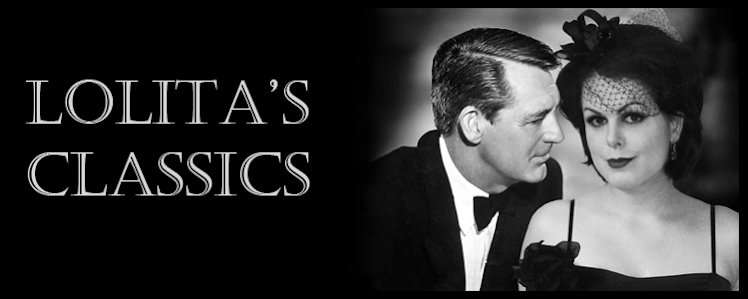"I know for some women, men are a household necessity; myself, I'd rather have a canary."
- Alison Drake in Female (1933)

Female
Director: Michael Curtiz
USA 1933
60 min
Oh, dear God - help me with this one. What the F-? If you haven't yet seen this film, see it and come back to me - I'm in pieces. If you have seen it, please help me to get this right.
First of all - who should I blame for the ending that ruined this totally wonderful film? Curtiz? Warner Brothers? The producer? Will Hays and company?

I'll sum up the plot before I go into the what-the-F-part more. Alison Drake, played by a brilliant Ruth Chatterton who is perfect for the role, is the president of an automobile company. She is cold, respectable and professional. She is not the marrying kind of a women, which early on is understood by a dialogue Miss Drake has with her childhood friend Harriet Brown (Lois Wilson). She is fully pleased with taking her fellow co-workers home for "discussing business matters over dinner", i.e. - by seeing Miss Drake indicatively throwing a pillow on the floor with a big smile, we understand perfectly well how she likes to pass her evenings.
Miss Drake is also sick of all the men who obviously only flatter her because they want her money, and one evening she decides to go out on town anonymously to see if she can attract a man without them knowing about her power and wealth. She lays her eyes on a handsome man named Jim Thorne (George Brent), and tries her seducing routine on him. Being a "dominant male", he isn't pretty impressed by being manipulated by a woman - he wants to put down his own prey. None the less, Miss Drake has got her eyes on Thorne, and does not give up too easily. When he starts at her company, she tries her best to get her hands on him.


So far the film is absolutely stunning. Provocative - yes. Superb script - yes. Fine actors - yes. Enchanting Ruth Chatterton - yes.
But now to the what-the-F-part.
The ending.
Seriously, what the F-?
All through the film we have been proven over and over that Miss Drake is an independant woman in no need of a man to rule her life. It is of course only natural that she eventually finds her soul mate, and maybe go through a crisis and doubt that she has made the right choice in life - I understand it that far.
Then Thorne takes for granted that Drake wants to marry him, and he gets furious when she hezitates and tears the marriage certificate into pieces. She has a breakdown at an office meeting seconds later, and yells out that she doesn't care about the company and that she is a pathetic woman. I understand the reaction that far, too. But she gets on her feet again when her loyal co-worker/butler/secretary Pettigrew (Ferdinand Gottschalk, the great comic relief in the picture) provoke her by sarcastically remarking that "of course she can't run an entire automobile company - she's just a woman!". Great.
Then she changes her mind again. She realizes that she wants Thorne, and go out on a car chase to find him. Okay, so it's real love then. Fine with me. At least, she has decided that she still wants to be a business woman. She finds him, tells him that she still wants to marry him if he hasn't changed his mind. He smiles, asks her about what time a certain business meeting, that she cancelled for chasing after him, is being held. He convinces her that they will get in time for it. Great! All he wanted was to know that her feelings were true - of course he can accept her as a devoted business woman. It's pre-code after all, right?
Look at this trailer and tell me how they could fuck up this concept. George Brent's character is a real arsehole:
Oh no. Now's the real f*cked-up moment - she tells him that she puts all the business in his hands, and that she now wants to be a loyal wife and mother.
What the F-! Is this a joke? If I understand this the right way, the moral of the film is that any woman that pretends that she can do anything else but being a man's loyal companion, is wrong and should realize that this is a man's world. Jesus f-cking Christ, I can't believe that film was made before the Hays Code was finalized! And I am the woman who always make fun of feminists and all the kerfuffle they always make, but this film was so absurd that it even pulled the trigger on me.
"What the F-", is all I have to say about this one. Sorry for my lack of words, but I can't put my feelings into more detail than that. "What the F-".
At least Ruth Chatterton was fantastic.


+poster+1.jpg)











































.jpg)

